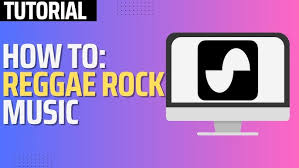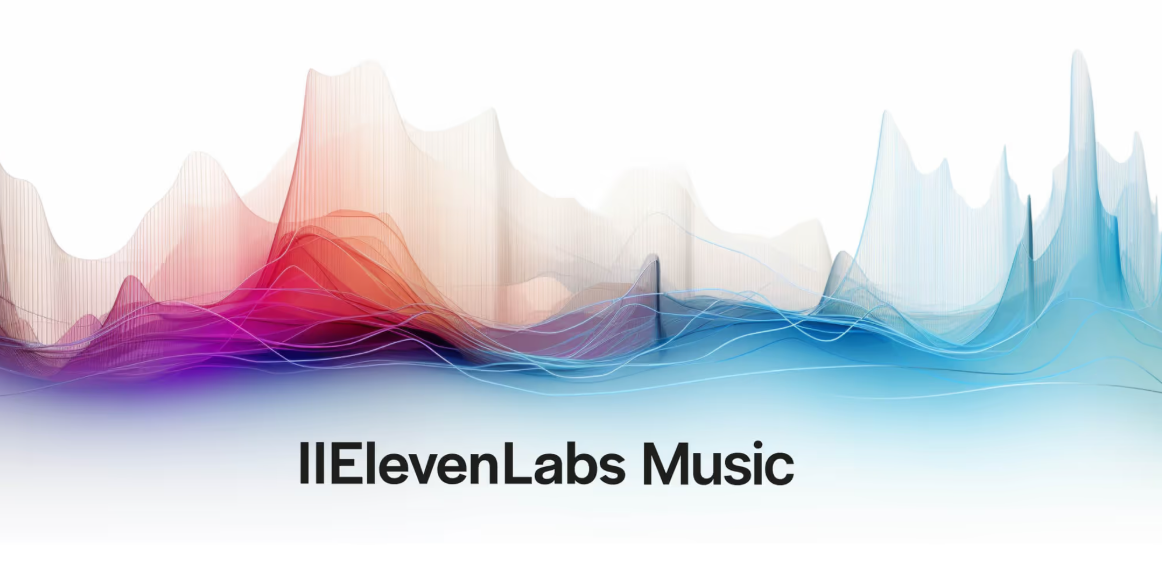In the world of AI-generated music, MusicGen by Meta AI has quickly emerged as one of the most capable tools for turning text prompts into coherent, musically rich audio. If you’re a developer, researcher, or just an AI music enthusiast, you’ve probably wondered: How many parameters does MusicGen have, and why does it even matter?
This blog breaks it all down—from parameter sizes to how they affect performance, use cases, model variants, and how MusicGen compares to other leading tools like Suno, Udio, and Riffusion. Whether you’re optimizing your music workflow or exploring generative AI architecture, you’ll find the technical and strategic answers here.

What Is MusicGen?
MusicGen is a transformer-based generative model developed by Meta AI that converts text prompts or melody input into audio compositions. Trained on an internal music dataset of 20,000 hours, MusicGen supports various genres, instruments, and moods—without relying on diffusion or multi-stage models.
MusicGen is open-source, making it highly accessible to developers and researchers through platforms like Hugging Face and GitHub.
So, How Many Parameters Does MusicGen Have?
Meta released three versions of MusicGen, each with a different number of parameters:
MusicGen Small: 300 million parameters
MusicGen Medium: 1.5 billion parameters
MusicGen Large: 3.3 billion parameters
There is also a Melody version of each, which allows you to guide the generation process using a melodic input. These models are otherwise architecturally similar but trained with additional guidance data.
Here’s a quick comparison table:
| Model Name | Parameter Count | Description |
|---|---|---|
| MusicGen Small | 300M | Lightweight, fast inference |
| MusicGen Medium | 1.5B | Balanced quality and performance |
| MusicGen Large | 3.3B | Highest audio fidelity and diversity |
Why Do Parameters Matter in AI Music Models?
The number of parameters in a neural network largely defines its capacity to learn and generate complex outputs. More parameters typically result in better understanding of long-term dependencies, richer harmonies, and genre fidelity—but they also demand more compute resources.
More Parameters = Better Music?
Not always. The ideal parameter size depends on your use case:
Developers prototyping tools may prefer the Small model for faster inference and low latency.
Artists or music researchers working on high-fidelity compositions benefit from MusicGen Large.
If you’re adding AI music generation into a mobile app, Medium strikes a balance between speed and sound quality.
Technical Architecture of MusicGen
MusicGen is built on a Transformer decoder-only architecture, similar in spirit to GPT-style models, but adapted for audio token generation.
Here are the key components:
Audio Tokenizer: Based on EnCodec, using a 32 kHz sampling rate and 4 codebooks.
Transformer Decoder: Trained to predict audio tokens from text or melody inputs.
Training Data: 20K hours of licensed music (no copyrighted material).
The model learns to associate specific tokens with musical patterns and styles. Higher parameter models better capture nuanced patterns across different instruments and time signatures.
Performance Comparison: MusicGen vs Other AI Music Models
Wondering how MusicGen stacks up against competitors? Here’s a quick breakdown:
| Model | Parameters | Strengths |
|---|---|---|
| MusicGen Large | 3.3B | Strong text-to-music generation, open-source |
| Suno (v3 Alpha) | N/A (proprietary) | Realistic vocals, full songs with lyrics |
| Udio | N/A (proprietary) | Impressive genre control and stereo mastering |
| Riffusion v2 | ~100M? (est.) | Real-time riff generation, low latency |
How to Choose the Right MusicGen Version?
Here’s a decision-making guide:
Use Small (300M) if you’re building on low-resource environments or want faster processing.
Use Medium (1.5B) for general-purpose audio generation with a solid tradeoff between quality and compute.
Use Large (3.3B) when you want the best possible audio fidelity and have GPU access.
You can also try the models in your browser via Hugging Face Spaces or run locally via PyTorch using Meta’s open weights.
Real-World Use Cases
?? Indie Game Developers: Use MusicGen Small to generate background tracks on the fly.
??? Music Producers: Combine MusicGen Large with Melody input for concept demos.
?? AI Researchers: Analyze transformer behavior in symbolic-to-audio tasks.
??? App Builders: Integrate MusicGen Medium into creative mobile apps for user-generated music.
Limitations of MusicGen
No vocals or lyrics (only instrumental output).
Needs GPU acceleration for real-time usage.
Text prompt control can be unpredictable—“jazz sax solo” may blend with other elements unless clarified.
Unlike Udio/Suno, there's no direct vocal synthesis.
That said, its open architecture and scalable parameter sizes make it one of the most versatile tools for instrumental AI music generation.
Conclusion: Why the Parameter Count of MusicGen Matters
To wrap up: MusicGen’s parameter count ranges from 300M to 3.3B, depending on the version. This scaling allows developers and musicians to pick a model tailored to their needs—from low-latency demos to high-fidelity music production.
More parameters give MusicGen the ability to better understand rhythm, structure, and texture—but choosing the right size depends on your hardware and use case. In a world where most AI music tools are closed-source, MusicGen's transparency and tunable options make it a standout choice.
Whether you're a composer exploring algorithmic creativity or a developer embedding sound into your product, understanding parameter sizes helps you pick the right AI engine—and get the most from it.
FAQs
How many parameters does MusicGen Large have?
3.3 billion parameters.
Is MusicGen open-source?
Yes, all model weights and code are available on Meta’s GitHub and Hugging Face.
Can MusicGen generate lyrics or vocals?
No, MusicGen only generates instrumental music—no vocal synthesis.
Does a higher parameter count mean better quality?
Generally yes, but it also requires more computational power. It’s about finding the right balance.
Where can I try MusicGen?
You can test all versions of MusicGen via Hugging Face Spaces or run them locally using PyTorch and the released model checkpoints.
Learn more about AI MUSIC








